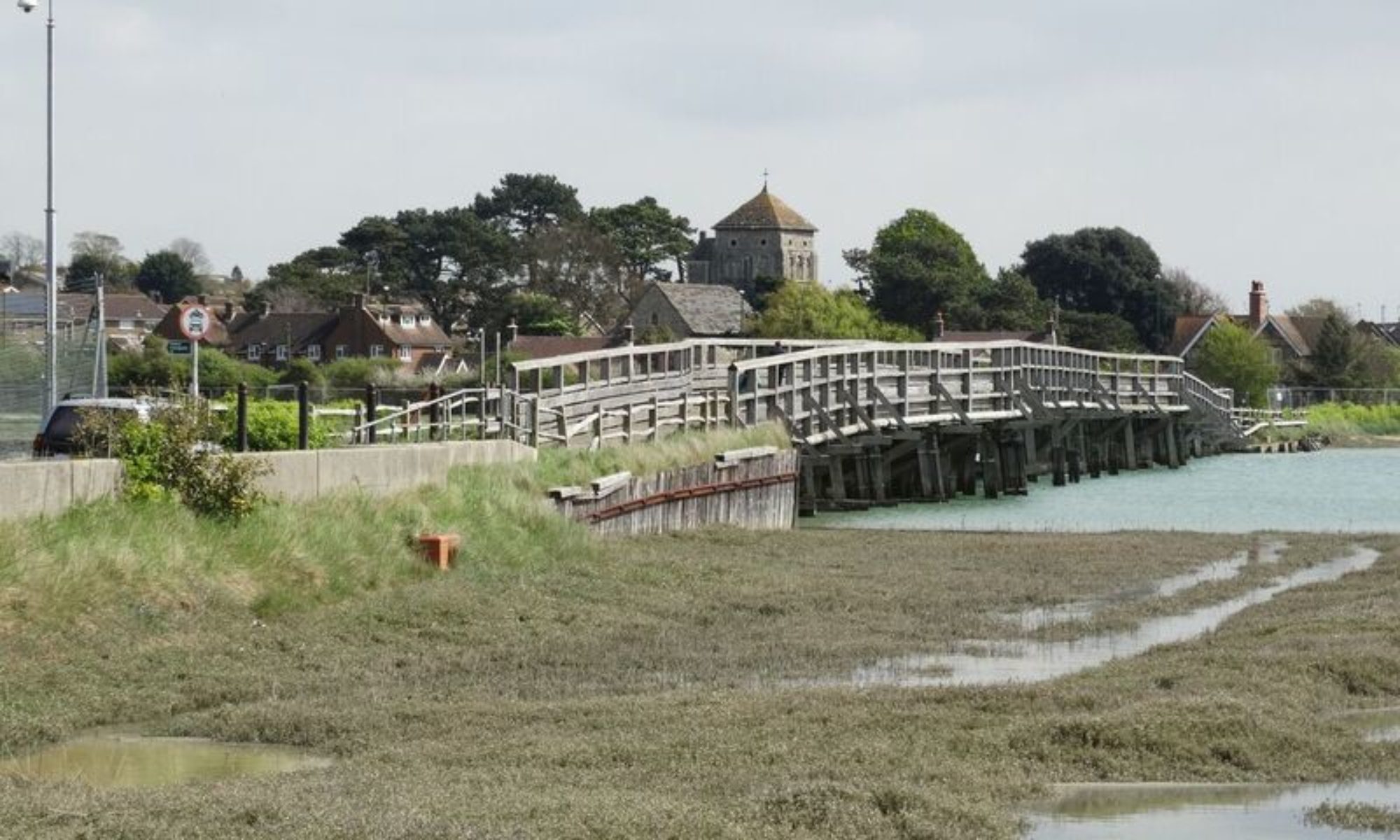
Today (8th December) marks the 50th anniversary of the amazing blizzard that affected the south coast of Sussex in December 1967.
In an otherwise unremarkable winter, December began with mild misty weather with temperatures rising to between 10 and 12 Celsius. the 4th was a shade cooler but it was sunny all day. The 6th became colder in the afternoon after a mild morning, and in the evening there was a sleet shower. The 7th was a crisp winter’s day with plenty of sunshine but the temperature only rose to 3 Celsius. A sharp frost occurred after sunset as the wind died down, and the evening weather forecast mentioned the risk of a little snow for southern England.
The next morning dawned bright and frosty, but clouds quickly thickened and the frost melted as the temperature rose above freezing. Around 9 o’clock a few drops of rain fell, but as the intensity increased the rain turned to heavy snow. The snow then fell for the rest of the day before finally petering out around 6’o clock. The snow was accompanied by a biting easterly wind and the heavy snow was whipped into huge drifts. There was even a rumble of thunder in the middle of the day. By the end of the storm, the snow was lying to a depth of 20 to 35 centimetres across Shoreham, with drifts of 1 to 2 metres.
Skies cleared overnight and temperatures plummeted to minus 8. Not surprisingly, there was total chaos. London trains terminated at Haywards Heath with virtually no transport running south of the Downs from Worthing to Brighton with the coastal road east of Brighton also badly affected. It took several days for normality to resume, with rain on the 12th helping to quicken the thaw.
The cause of the snow was a Polar Low , an area of intense convection that can form in very cold arctic air-streams. It was noticed north of Scotland on the previous day, but it weakened as it headed south across the cold land overnight, evidenced by places north of Steyning only having 2 to 5 centimetres of snow. However, as the vortex hit the relatively warm English Channel it exploded into life, deepening rapidly and slowing down, The result was the worst blizzard for a generation, but now largely forgotten.
Another Polar Low crossed into the Channel west of Sussex a little over a week later, but since then this phenomenon has been very rare indeed. However, it is a feature that can occur in very cold north or northwesterly air-flows, and since the latter part of this Autumn there have been more northwesterly winds than normal. We await with interest!
